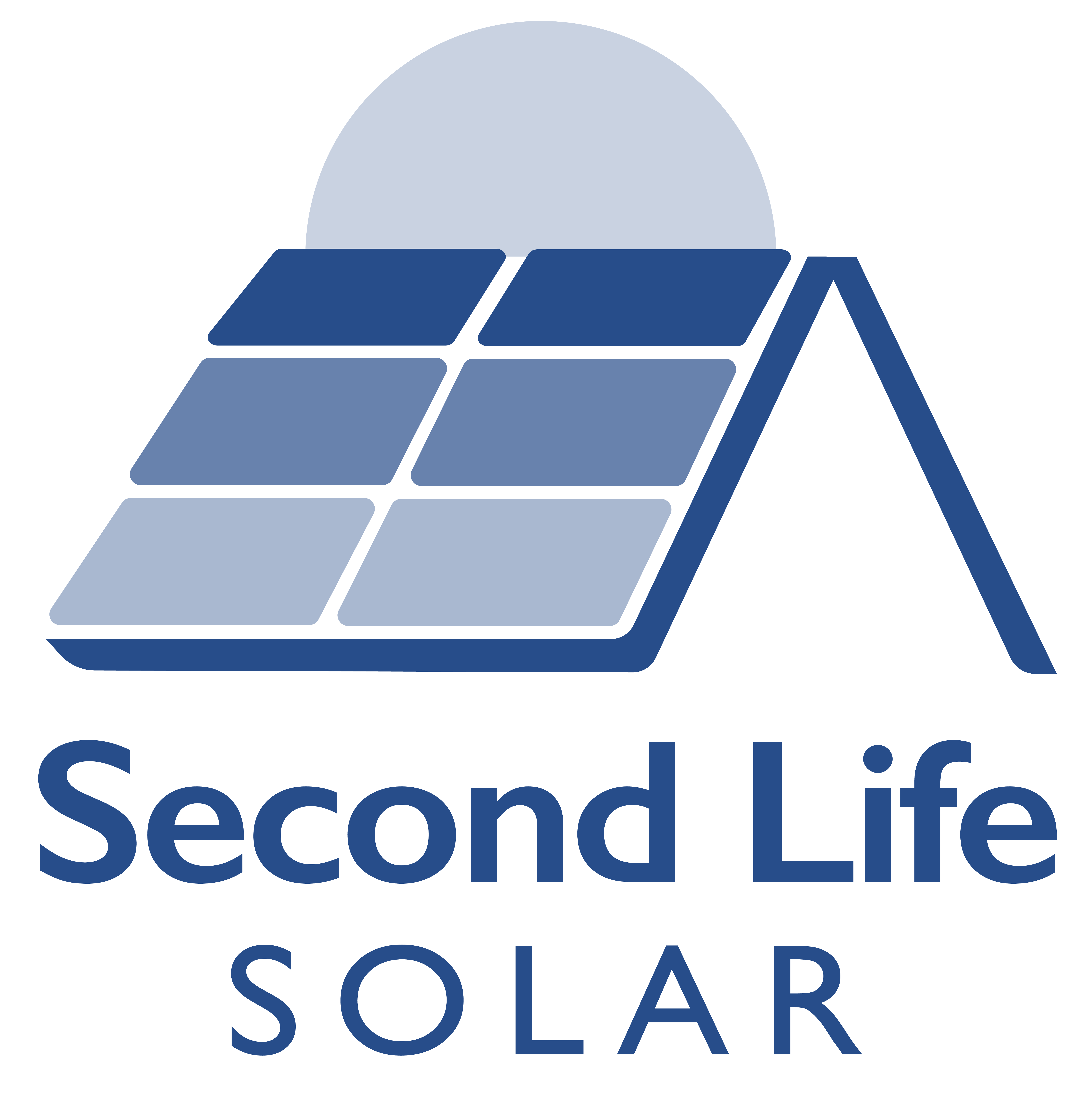The journey of solar panels from experimental concepts to household staples spans centuries of innovation and discovery. Solar energy, as a concept, has been harnessed in various forms for hundreds of years, but the development of modern solar panels capable of electricity generation on homes is a more recent accomplishment.
The first documented use of solar panels occurred in 1884, when Charles Fritts, an American inventor, installed them on a rooftop in New York City. Fritts’ solar panels were primitive compared to the solar technology we use today. They were made using a thin layer of gold and selenium, which could convert sunlight into small amounts of electricity when exposed to light. While his invention was groundbreaking for its time, the efficiency of these early panels was incredibly low, at less than 1%.
Fritts’ work marked the beginning of the timeline of solar energy use in domestic settings, laying the foundation for the development of more efficient solar cells. However, it would take nearly a century for solar panels to become a practical solution for everyday use.
The true breakthrough in solar PV (photovoltaic) technology came in the 20th century, thanks to significant advancements in materials science and engineering. While Fritts’ panels introduced the concept, it wasn’t until Russell Ohl developed the first silicon solar cell in 1941 that solar panels began to move toward practical applications. Ohl’s invention dramatically improved the efficiency of solar cells and laid the groundwork for modern solar panel systems.
Shortly thereafter, in 1954, Bell Laboratories unveiled the first commercial photovoltaic cell, developed by Daryl Chapin, Calvin Fuller, and Gerald Pearson. This team successfully utilised silicon, rather than selenium, to create a more efficient solar cell capable of producing enough electricity to power small devices. Their invention was a turning point in solar technology, setting the stage for residential and commercial use.
The first building in the UK to be equipped with solar panels was the “Garden House” at the University of Sussex in 1978. This milestone marked the beginning of solar energy’s integration into residential settings in Europe.
The Garden House project highlighted the potential of solar thermal and photovoltaic systems for providing renewable energy to homes, although widespread adoption in the UK lagged behind the US due to differences in policy and market development.
In the United States, the adoption of solar panels began to gain momentum during the 1950s and 1960s, particularly in space exploration. NASA used solar cells to power satellites, demonstrating their reliability in extreme conditions. However, high costs prevented solar panels from being widely adopted in residential settings during this period.
It wasn’t until the 1970s that solar panels started to become accessible for homes. The global oil crisis of 1973 spurred interest in alternative renewable energy sources, including solar power. Around this time, advancements in manufacturing and increased investment in research made solar panels more affordable for homeowners.
Throughout the decades, several key innovations propelled the use of solar panels in homes:
Discovery of the Photovoltaic Effect:
The foundational principle of solar energy, the photoelectric effect, was first observed in 1839 by physicist Edmond Becquerel. This discovery eventually led to the development of the photovoltaic cell, enabling direct conversion of sunlight into electricity.
Silicon Solar Cells:
The shift from selenium to silicon, pioneered by Bell Labs, revolutionised the efficiency and scalability of solar panels. Silicon remains the primary material used in modern solar panels today.
Advancements in Solar PV Systems:
Improvements in solar panel design, such as the development of lightweight materials and thin-film technology, have made installations more versatile and cost-effective. Solar panels can now be integrated into roofs, walls, and even windows, offering a range of options for residential and commercial use.
Solar Farms and Large-Scale Projects:
The rise of large-scale solar installations, including solar farms, has helped reduce costs and increase public awareness of solar energy’s potential. These projects have also demonstrated how solar panels can contribute to grid stability and energy security.
While solar panels have come a long way since Fritts’ thin layer of gold, challenges remain. High initial costs, maintenance, and efficiency limitations have historically been barriers to widespread adoption.
However, with ongoing technological advancements and government incentives, solar panels are becoming more affordable and efficient.
Today, homeowners can install a solar panel system that provides clean, renewable electricity, reducing reliance on fossil fuels and cutting energy costs.
By 2025, solar energy is expected to account for a significant portion of the world’s electricity supply, thanks to increased investments in solar installations and breakthroughs in battery storage technology.
As we look at the long-term role of solar panels in addressing climate change and meeting global energy needs, it’s clear that their journey has only just begun. From Charles Fritts’ experimental panels in 1884 to today’s sophisticated solar PV systems, the evolution of solar technology is a testament to human ingenuity and the drive to create a more sustainable future.
By understanding the history of solar panels and their early applications, we gain a greater appreciation for the progress made and the potential for further innovation. Solar panels on homes are no longer a futuristic concept—they’re an essential part of our energy transitions and a shining example of how renewable energy can transform the way we live.

At Second Life Solar, we specialise in supplying used solar panels to buyers worldwide.
© All Rights Reserved.